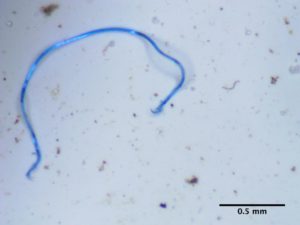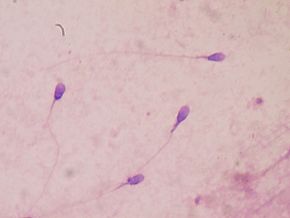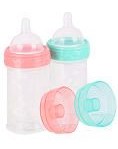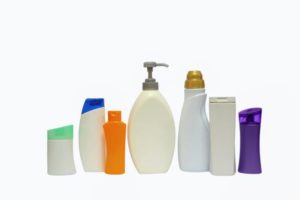
Scientists have been finding microplastics (tiny plastic particles) in our bodies - in our lungs, our blood, even our stools. The latest is a study finding microplastics in both human and dog testicles (in the testicular tissue). The small microplastics get into our bodies through inhalation and by ingestion (in the food and water), and from there they travel to different organs of the body.
They found 12 types of microplastics in all 23 human and 47 dog testicles that were studied. [NOTE: testicles = testes] In all of them! Human testicular tissue had 3 times the amount found in dogs.
They also found that higher numbers of PVC microplastics in the dog testicular tissue was correlated with a lower sperm count. (They were unable to test for this in the human samples.)

These concerning results may be part of the reason human sperm count is dropping rapidly worldwide over the past few decades. (These are thought to be contributors to the decline: pesticides, endocrine disruptors, heavy metals, plastics.) Microplastics, occur as a result of plastics breaking down, and are now found everywhere that researchers look.
From Science Daily: Researchers find microplastics in canine and human testicular tissue
University of New Mexico researchers have detected significant concentrations of microplastics in the testicular tissue of both humans and dogs, adding to growing concern about their possible effect on human reproductive health. ...continue reading "Microplastics Found In Human and Dog Testicles"

 The bad news about microplastics in the environment and in all of us keeps coming. A
The bad news about microplastics in the environment and in all of us keeps coming. A 


 Something to ponder: Are tiny plastic particles (microplastics) that enter the human body traveling to the brain and causing harm? An article by the science writer Erica Cirino examines that question by looking at existing research and comes to the disturbing conclusion of: Yes, they are.
Something to ponder: Are tiny plastic particles (microplastics) that enter the human body traveling to the brain and causing harm? An article by the science writer Erica Cirino examines that question by looking at existing research and comes to the disturbing conclusion of: Yes, they are.
 It turns out that plastic baby bottles shed millions of tiny plastic particles (microplastics) into the breast milk, formula, or water in them. At this point we don't really know what ingesting multitudes of microplastics every day does to a person, but assume that it is not beneficial and we should try to lower how much we ingest. (Microplastics are turning up in foods and water, especially bottled water - we are
It turns out that plastic baby bottles shed millions of tiny plastic particles (microplastics) into the breast milk, formula, or water in them. At this point we don't really know what ingesting multitudes of microplastics every day does to a person, but assume that it is not beneficial and we should try to lower how much we ingest. (Microplastics are turning up in foods and water, especially bottled water - we are  We use so much plastic that we are now surrounded by plastic. But eventually all plastic degrades into tiny pieces called microplastics and nanoplastics. These tiny plastic pieces are found throughout the world, including in the
We use so much plastic that we are now surrounded by plastic. But eventually all plastic degrades into tiny pieces called microplastics and nanoplastics. These tiny plastic pieces are found throughout the world, including in the